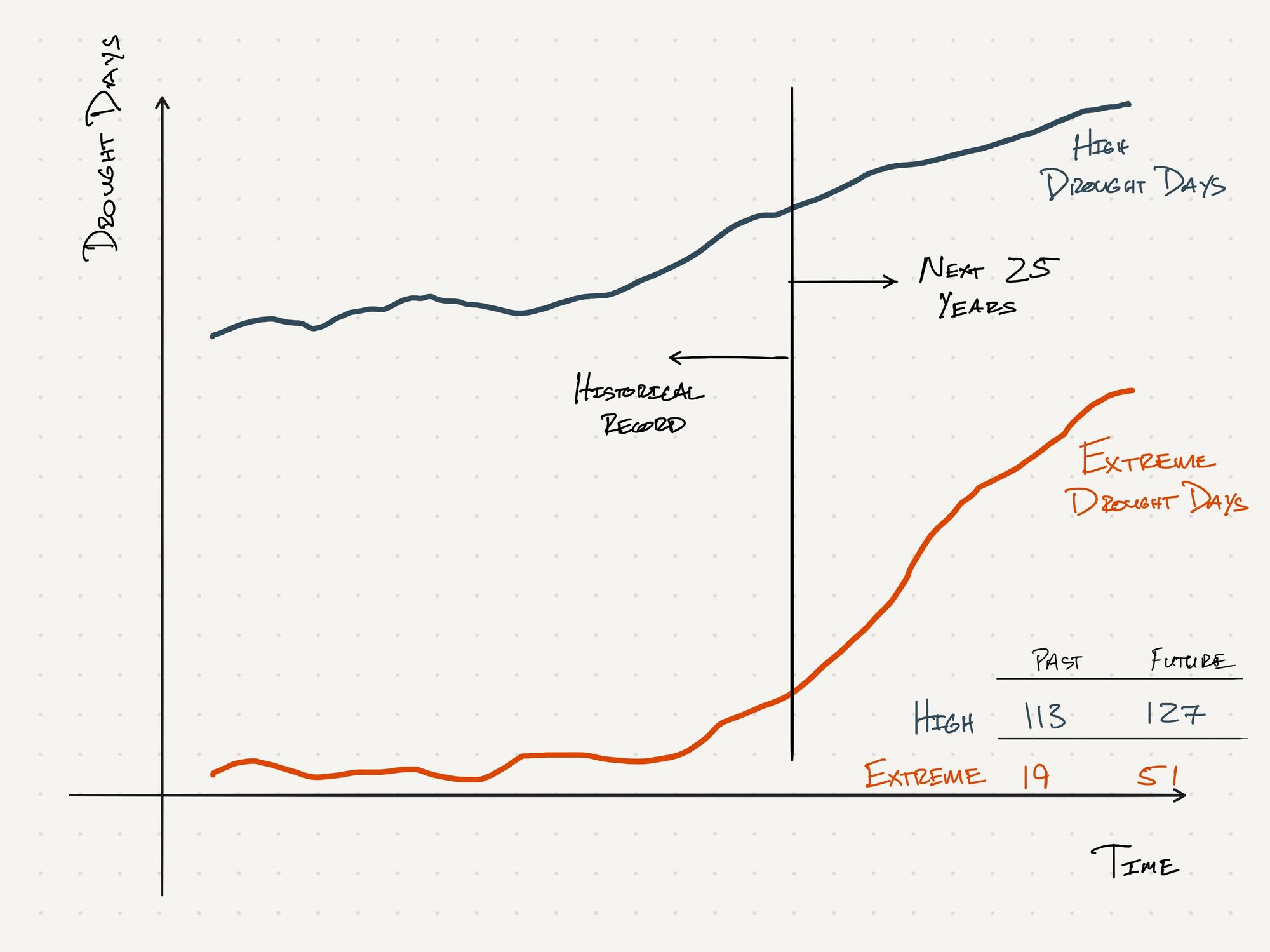Why Fix6 focuses on climate, carbon, and agriculture

We're proud to introduce ourselves as Fix6, a service provider at the intersection of climate, carbon, and agriculture. We specialize in answering questions and providing insight requiring large-scale processing of geospatial data using machine learning and modern statistical approaches.
We cut our teeth with monitoring and verification of nature-based carbon removal projects. There were three persistent issues our customers encountered in this work:
- How do we combine insights from geospatial data with our internal data streams?
- How can we evaluate climate risks that are specific to location, crop, and time period?
- How do we have consistent measurement of vegetation and detect changes like deforestation?
That's why we've expanded our data and service offerings to include climate risk assessments and continuous monitoring for agricultural supply chains. We make it easier for the investor or operator to understand the impacts of climate risk on their portfolio, make sure they pencil under an uncertain climate future, and uncover opportunities from climate change.
Who's it for?
We're focusing on permanent crops like vineyards, orchards, forestry, and agroforestry. We are not limited to these crop types, but the investment horizons in these areas are going to be greatly impacted by climate risk.
We help both operators and investor understand physical climate risk and put a price on it. This is a large part of the due diligence process and also provide answers around climate risk across a supply chain or portfolio of farms.
Gaining insights by combining data sources
You have a lot of data about your farm, supply chain, and business. To make insights from that data in the face of climate uncertainty, you need join keys to combine your data with geospatial and temporal data. Your location data is the join key, so we take your farm's location and combine it with our 100+ TB of climate, weather, soils, vegetation, and other geospatial data.

This large trove of data allows us to run machine learning models specific to your needs, answering questions like:
- Will the farm have favorable growing conditions for the current crop, or other crops, in the next 10, 20, 30 years?
- How much carbon is in the farm's plant biomass and soil?
- How have these carbon stocks changed in the past and how will they change in the future?
- Has deforestation occurred as a result of farming operations?
- What is the distribution of species planted among the portfolio of farms?
- [Your unique question at the intersection of climate, carbon, and agriculture]
What are the risks to our portfolio in the face of climate change?
When you're planning on spending $25,000+ an acre on establishing your farm, you want to have confidence in favorable growing conditions over the lifetime of your investment.
As an example, a potential investment property for an orchard was evaluated for a number of different climate factors affecting growing conditions. One such factor, depicted below, was the drought risk by the number of days experiencing "high" or "extreme" drought conditions each year. The data showed a marked increase in drought risks from the historical record over the next 25 years, but most importantly showed a 170% increase in the number of days experiencing extreme drought conditions. This alone is not a reason to forego investment but spurred further analysis into the additional needs for irrigation.
A holistic accounting of these types of climate risks is vital to accurately assessing the risks and opportunities at the intersection of climate and agriculture.

Getting started
We're always building more tooling to answer these questions at the intersection of climate, carbon, and agriculture. The fastest way to get started is by reaching out to us at hello@fix6.io. If you are loking for solutions to integrate into your engineering and data systems, we're building an API to give programmatic access to the data and insights generated by our suite of software.

